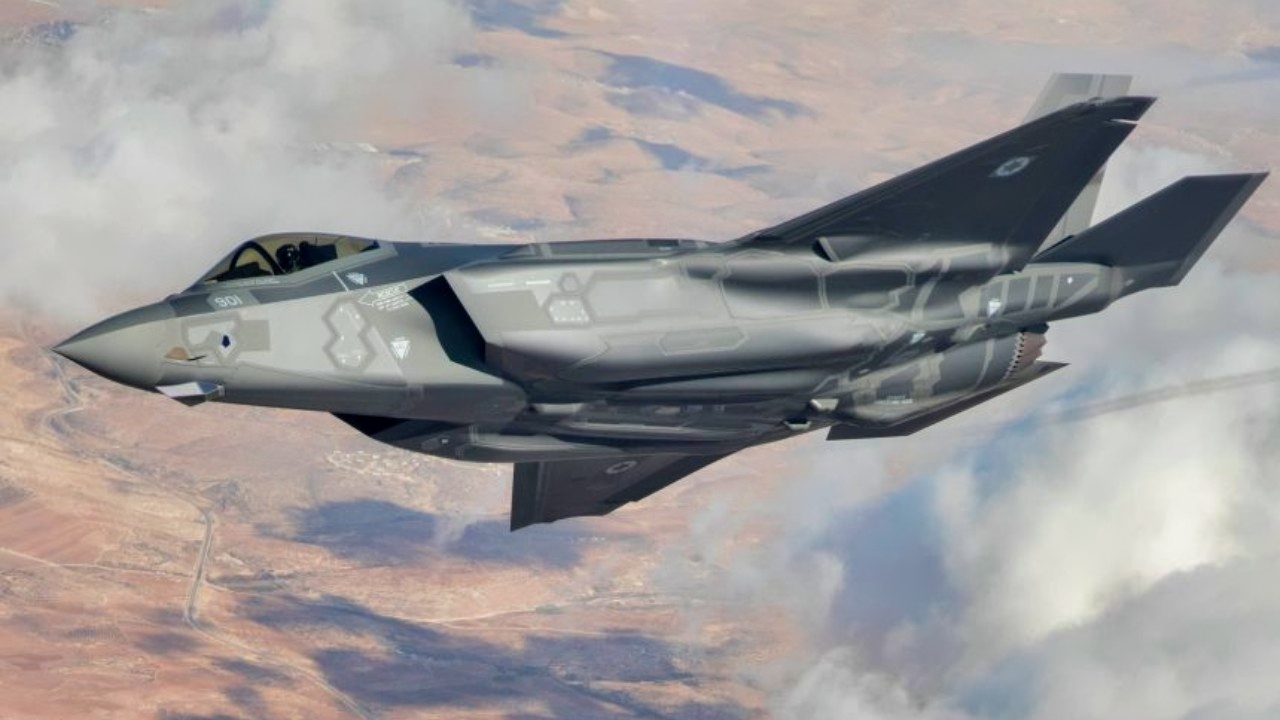Key Points and Summary
-New satellite imagery suggests Iran is actively bracing for another round of Israeli strikes on its nuclear facilities.
-Analysis shows that Iran has been removing and dispersing high-value cooling systems from its damaged Natanz uranium enrichment plant.
-Experts believe this is not an effort to dismantle the program or appease the West, but a deliberate tactic to make the critical equipment less vulnerable to future aerial bombardments.
-The move comes as diplomatic deadlines pass and speculation grows that Israel could launch fresh attacks on Iran’s remaining nuclear infrastructure and personnel before the end of the year.
What Is Iran Afraid Of?
Newly published satellite imagery of Iran’s Natanz uranium enrichment plant could suggest that Iran is bracing for fresh Israeli strikes.
The images, assessed by American nuclear expert David Albright, appear to suggest that Iran has removed cooling systems from the facility and moved them to multiple locations outside of the damaged Natanz plant but within the secured grounds.
According to Albright, who is the president of the Institute for Science and International Security (ISIS), almost all chillers have been removed from two buildings at the Fuel Enrichment Plant.
“New satellite imagery of the Natanz enrichment plant shows that Iran has in the last week removed and dispersed nearly all of the “chillers” from the two HVAC buildings at the Fuel enrichment Plant at Natanz,” Albright wrote. “The 24 chillers in total are being dispersed throughout the inside of the secured area of Natanz.”
Albright added that the “high value” units have been removed to make them less vulnerable to future aerial strikes – indicating that the decision was not made as part of an effort to dismantle the plant and appease officials in Washington and Europe.
“The purpose of this removal and dispersal being that they are of high value, and since there is no electric power due to the Israeli bombings, and the centrifuges are currently inoperable, this is a tactic to make the chillers less vulnerable to future aerial bombardment in the interim,” Albright said.
What We Know
Some of the chillers have reportedly been left on helicopter pads, while others have been moved to nearby water treatment facilities.
While it could be argued that a decision to dismantle what remains of the Natanz nuclear plant could be an effort to appease officials from E3 countries – France, Germany, and the United Kingdom – both the evidence and context suggest otherwise.
The end-of-August deadline for Tehran to return to negotiations with the U.S. and E3 has already passed.
Furthermore, despite reports that Iranian leadership is mulling a return to diplomacy with the U.S., Iranian officials have not renounced their unanimously hardline stance on rebuilding the nation’s nuclear program.

F-35I Adir Fighter. Image Credit: Israeli Air Force.
Ever since the U.S. bombed Iran’s three main nuclear sites during Operation Midnight Hammer, analysts, insiders, and anonymous sources have suggested that Israel could launch fresh strikes before the end of the year. The strikes, should they take place, could target the remaining infrastructure in the Natanz site.
Backed by Israeli intelligence, it’s also possible that the remainder of Iran’s top nuclear scientists and officials – who have been moved to secure locations since the last round of strikes – could also be targeted.
The Natanz facility is located roughly 250 km south of Tehran, the nation’s capital. The complex featured roughly 18,000 centrifuges and was widely seen as the central hub of Iran’s nuclear program.
About the Author:
Jack Buckby is a British author, counter-extremism researcher, and journalist based in New York who writes frequently for National Security Journal. Reporting on the U.K., Europe, and the U.S., he works to analyze and understand left-wing and right-wing radicalization, and reports on Western governments’ approaches to the pressing issues of today. His books and research papers explore these themes and propose pragmatic solutions to our increasingly polarized society. His latest book is The Truth Teller: RFK Jr. and the Case for a Post-Partisan Presidency.
More Military
The U.S. Army’s AbramsX Question No One Asks
Russia’s New T-14 Armata Tank Is a Joke
China’s Military Has 1 Goal: Beat America In a War
Confirmed: The U.S. Navy Still Loves the Aircraft Carrier
The F-22 Raptor Fighter Question No One Dares Ask
